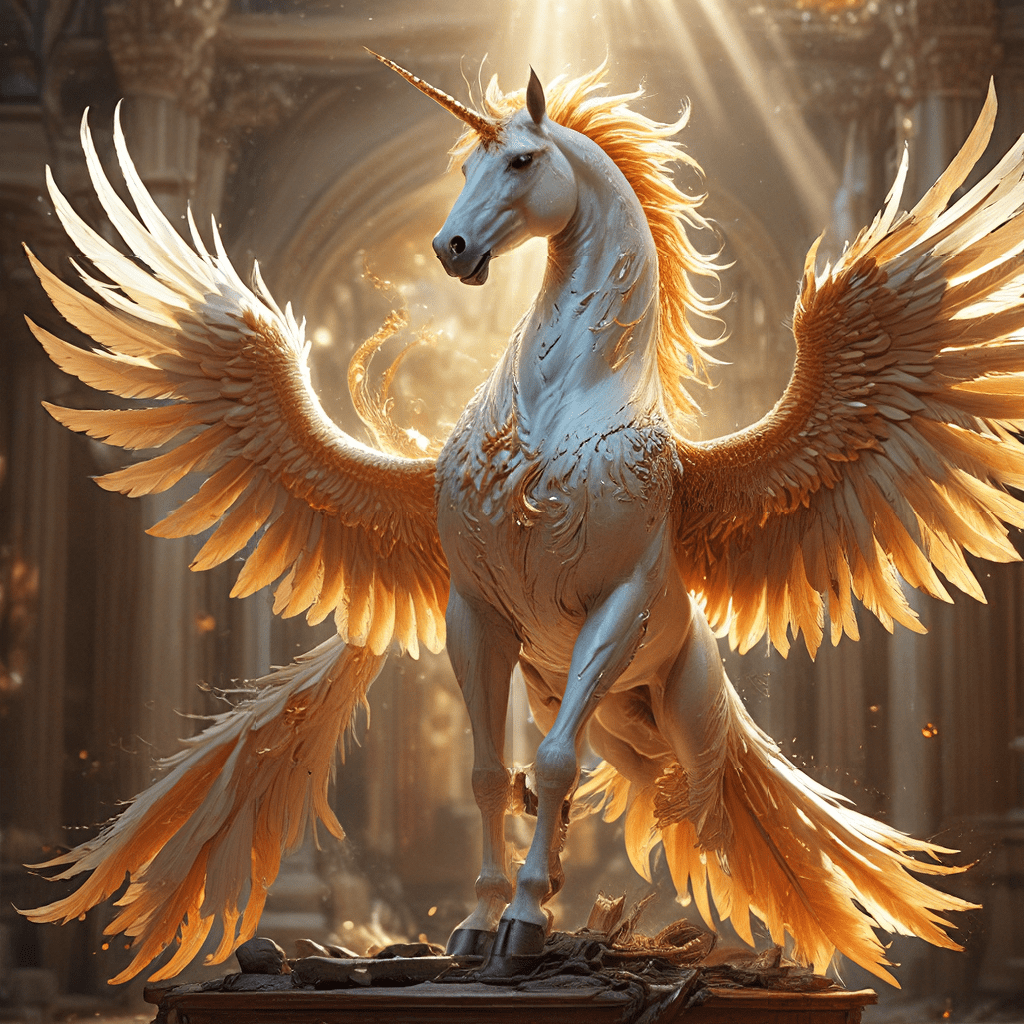The Underworld’s Temptress: Exploring the Greek Mythological Figure of Persephone
I. Introduction
Persephone, a pivotal figure in Greek mythology, embodies the complex interplay between life and death. Revered as both the goddess of spring and the queen of the underworld, her narrative captures the imagination and reflects the ancient Greeks’ understanding of the natural world and the cycle of life. This article aims to delve into the rich tapestry of Persephone’s story, her symbolism, and her cultural impact throughout history.
II. Origins of Persephone
Persephone’s lineage is steeped in divine heritage. She is the daughter of Demeter, the goddess of agriculture, and Zeus, the king of the gods. This parentage positions her as a significant deity, intertwined with themes of fertility and the changing seasons.
- Parentage: Demeter and Zeus
- Birth and Early Life: Born in a world where every deity had a role, Persephone was nurtured by her mother in a paradise filled with blooming flowers and lush fields.
- Connection to Fertility: As a goddess of spring, she represented the renewal of life, symbolizing growth and the agricultural cycle.
III. The Abduction by Hades
The myth of Persephone’s abduction is a defining moment in her story. Hades, the god of the underworld, fell in love with her beauty and sought to make her his queen.
- Kidnapping: One fateful day, while gathering flowers in a meadow, Hades emerged from the earth and took her to his dark realm.
- Hades’ Motivations: His desire for companionship in the underworld drove him to this act, highlighting the stark contrast between his realm and the world above.
- Role of Zeus: Zeus, who had orchestrated this union, played a crucial part in the abduction, reflecting the complex relationships among the gods.
IV. The Duality of Persephone’s Character
Persephone’s identity is multifaceted, embodying both the vibrancy of life and the somberness of death.
- The Goddess of Spring: As the harbinger of spring, she signifies renewal and the rebirth of nature, heralding the end of winter.
- The Queen of the Underworld: In her role as Hades’ consort, she transforms into a figure of authority, ruling over the souls of the departed.
- Balance of Light and Dark: This duality illustrates the balance of existence, where joy and sorrow coexist.
V. Persephone’s Role in the Eleusinian Mysteries
The Eleusinian Mysteries, ancient religious rites held in honor of Demeter and Persephone, were integral to Greek culture.
- Overview: These mysteries celebrated the cycles of life and death, focusing on agricultural fertility and the afterlife.
- Persephone’s Role: She was central to the rituals, symbolizing the themes of death and rebirth, and offering hope for regeneration.
- Cultural Impact: The Mysteries influenced societal views on mortality, nature, and the divine, fostering a sense of community among participants.
VI. Symbolism of Persephone in Art and Literature
Persephone has been a muse for artists and writers throughout history, with her image permeating various forms of expression.
- Depictions in Art: In ancient sculptures and vase paintings, she is often shown with symbols such as pomegranates and flowers, representing her dual nature.
- Classical Literature: Poets and playwrights like Homer and Ovid have explored her story, framing her as a figure of tragedy and beauty.
- Modern Adaptations: Contemporary works continue to reinterpret her character, reflecting evolving themes of power and identity.
VII. Modern Interpretations and Relevance
Today, Persephone’s story resonates in various cultural contexts, showcasing her as a symbol of empowerment.
- Contemporary Literature and Film: Her narrative has inspired numerous retellings that emphasize her agency and resilience.
- Themes of Empowerment: Modern interpretations often focus on her journey from victimhood to a powerful figure, highlighting themes of choice and strength.
- Symbol of Resilience: Persephone embodies the struggle against adversity, making her a relevant figure for discussions on femininity and autonomy.
VIII. Conclusion
Persephone’s significance in mythology and culture cannot be overstated. As a multifaceted figure, she represents the complexities of existence, the balance of life and death, and the cyclical nature of the seasons.
Her enduring legacy continues to inspire discussions about femininity, empowerment, and resilience. In a world that often seeks to categorize and simplify, Persephone reminds us of the rich and intricate narratives that define our experiences.
Ultimately, her story encourages reflection on the dualities of our own lives and the power we hold within ourselves to navigate the light and dark.



